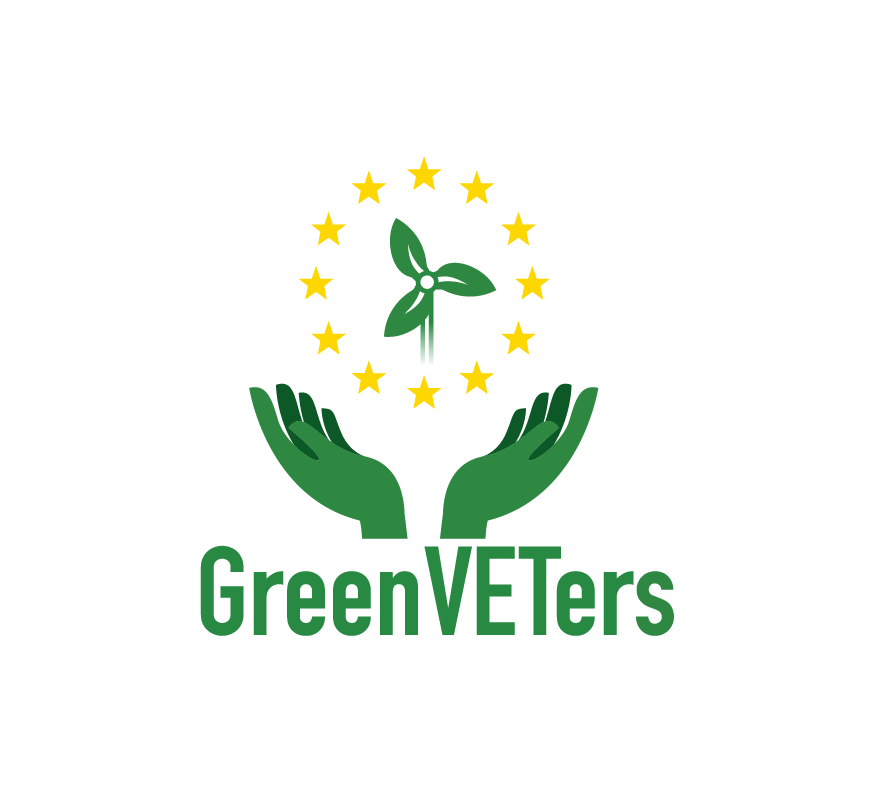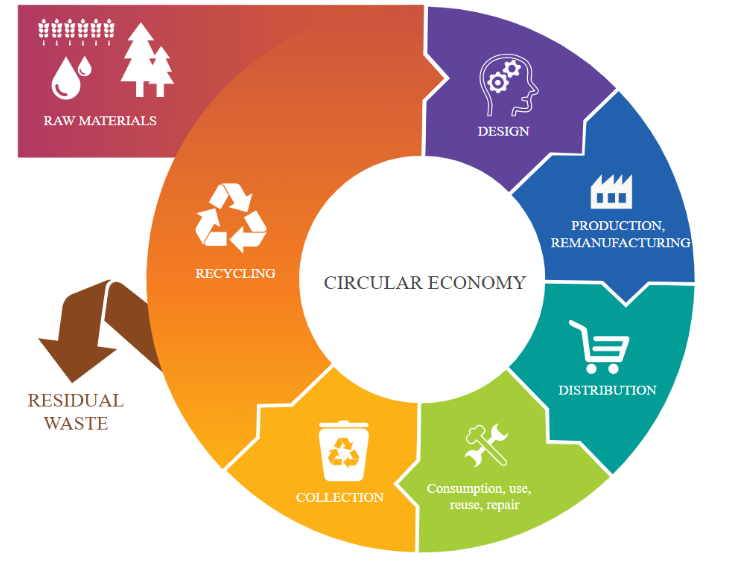The new Circular Economy Action Plan (CEAP) was approved by the European Commission in March 2020. It is one of the main pillars of the European Green Deal, the continent’s new plan for sustainable development. The EU’s transition to a circular economy will relieve the pressure on the planet’s natural resources and create employment and sustainable growth. The main points of CEAP are explained below.
Firstly, the European Commission will propose a new legislative action aiming to ensure the design of sustainable products to make them ‘suitable for a climate-neutral, resource-efficient circular economy’. Secondly, the Green Deal action plan aims to empower consumers by making sure that they receive accurate and relevant information about any product’s ‘lifespan, availability of repair services, spare parts and repair manuals.’ Furthermore, the Commission will enable greater circularity in the industrial section by integrating circular economic practices, facilitating industrial symbiosis, promoting the adoption of ‘green technologies’ and encouraging the usage of digital technologies for tracking, tracing and mapping of resources.
To tackle the fast-growing waste stream of electronics within the EU, the Commission will present a ‘Circular Electronics Initiative’. This initiative will ensure energy efficiency, durability, reparability, upgradability, maintenance, reuse, and recycling of electronic devices. A new regulatory framework for batteries will also be introduced improving the existing rules on the recycling of batteries. What is more, it will address the issue of non-rechargeable batteries and enforce sustainability and transparency requirements for batteries.
The Green Deal action plan also includes efforts to reduce over-packaging by issuing essential requirements and limiting package waste by mandating the creation of reusable and recyclable packages. The Commission plans on reducing the amount of microplastics in the environment by limiting their use and forcing requirements for recycled content in key plastic products. In the field of textiles, the Commission will propose a ‘comprehensive EU Strategy for Textiles’. This strategy will aim at strengthening innovation, and boosting the market for sustainable and circular textiles while also addressing the issue of fast fashion.
To increase the material efficiency and to reduce the climate impact of the construction industry the Commission will launch its ‘Strategy for a Sustainable Built Environment.’ This Strategy will ensure energy and resource efficiency, in addition to proper management of construction and demolition waste.
Additionally, special attention is given to the necessity of stopping the loss of biodiversity and reaching the EU’s 2050 climate neutrality goal.


